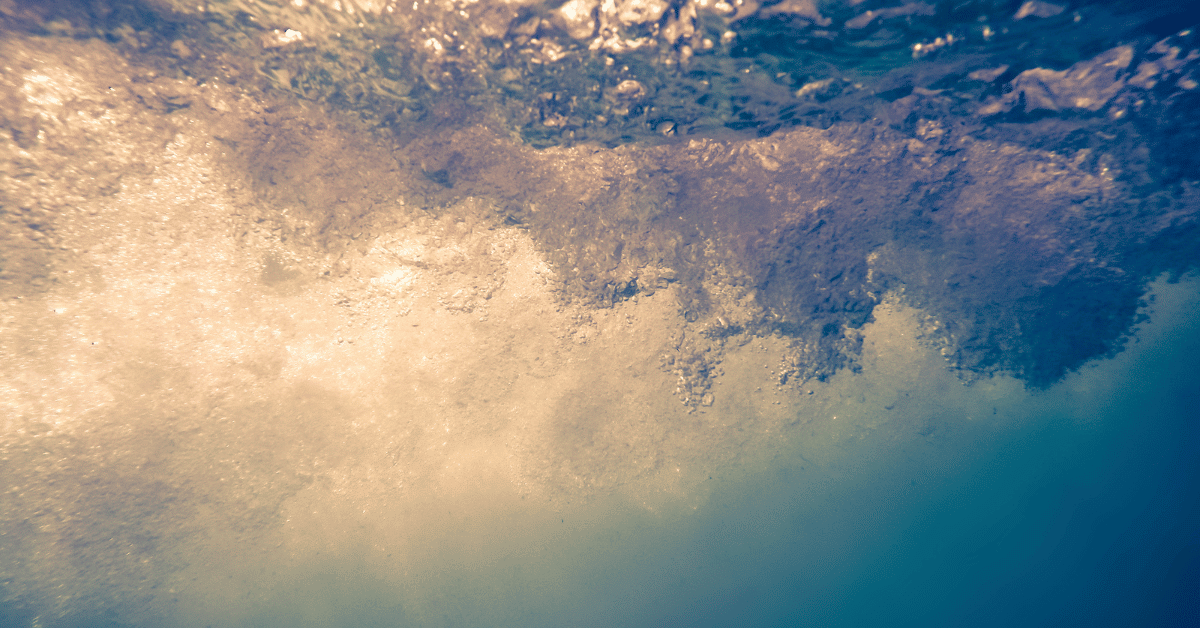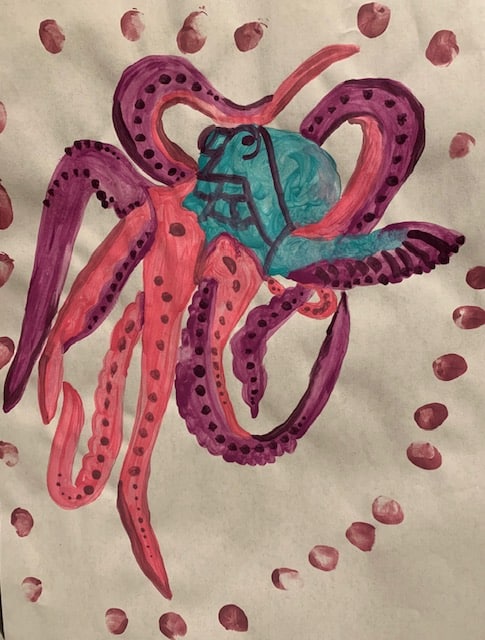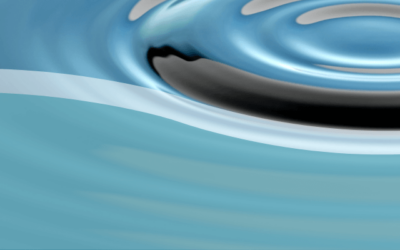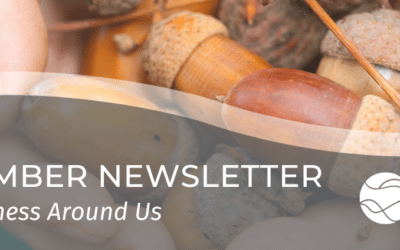As we continue to share art, poetry, and music from our community, we’re expanding the conversation by asking participants to share context about the work and how they use art in the integration process. We hope to uplift and honor our community members’ process of integration and celebrate art as a vehicle for healing. If you’d like to contribute or learn more about the project, visit our psychedelic-inspired art submissions page.
Lorie A. Gearhart, MD, was generous enough to share her art and personal story after the PRATI training. She is a psychiatrist in Capitola, California, and is affiliated with Dominican Hospital. She has been in practice for more than 20 years.
We talked over email about her experience. She shared that as she went into the IM journey, her intention was to “step out more fully into her life as it is (not as I wanted it to be, or had hoped it would be).” As the journey began, she tried to bring in challenging thoughts, but instead her journey shifted to images of natural disasters—for example, a sandstorm in ancient Egypt. She and her daughters were dancing through these tumultuous scenes, and she realized that “my life with them and the joy we share is what matters, regardless of the circumstances.”
During the sublingual session the following day, she had trouble entering the experience until she felt an octopus tentacle on her arm, pulling her into the journey. The second experience was unrelated to the previous day’s journey through natural disasters, and instead she was held safely inside the earth. The octopus was her guide, which Lorie said has come up in her life many times before, outside of ketamine experiences.
Following her experience, she felt drawn to create this painting of her octopus guide. After working on the painting, her daughter came up and added a pink thumbprint border. She writes:
“When I saw that my daughter had lovingly framed the octopus with pink fingerprints, it brought both experiences together for me. Finding meaning in a creative process is very atypical for me. I’ve always been the chemistry person, not the art person.”
Many participants in our PRATI KAP trainings are new to creating art or exploring other non-verbal integration techniques, like dance. As we remind our participants, “think of art as simply putting marks on a page and dance as a simple swaying of the body.” Often, people find it easier to process their experience through conversation or journaling, but creating art can be a powerful way to integrate after a ketamine experience—which is often ineffable and outside of language. Visual art and movement helps us stay in the subconscious brain, a generative space that ketamine can allow us to access. Through art, we can stay in the non-thinking, non-analytical brain—and in that space healing and integration can occur.
Thank you, Lorie, for sharing this art and your story. We value our community’s willingness to be vulnerable and share their creative process, particularly when art is something that is new to them! If you have art that you’d like to contribute, contact us or learn more about submissions and how we share them on our website and email newsletter.





